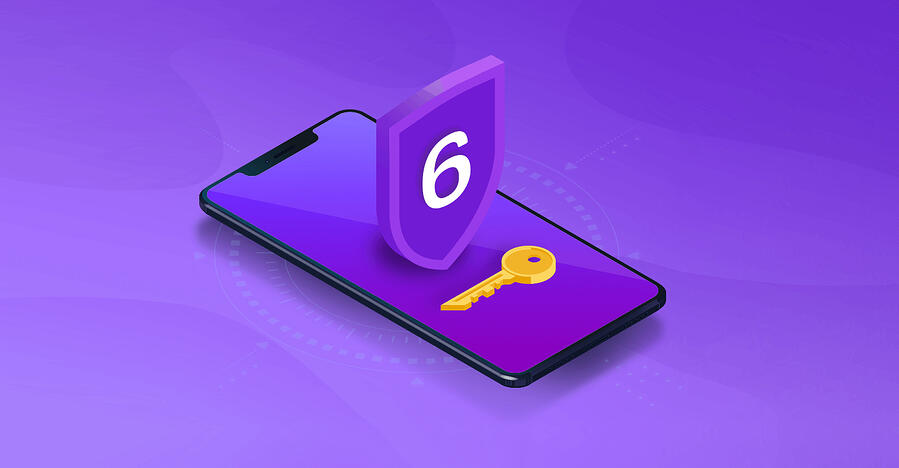
2020-12-28 20:25:00 Author: blog.avast.com(查看原文) 阅读量:252 收藏
Pairing these tips with your common sense means increased security for your devices
Our phones have become an extension of our bodies, storing everything from our most personal memories to our banking information to which restaurants we love. They're essential, personal— and highly steal-able. They're also at risk of cyberattacks, which means that even if your phone or tablet is always in your possession, its data might not be safe. So what can you do to protect yourself? Here are six easy steps you can take to keep your mobile devices safe. Ensure that no one will have access to your sensitive data, photos, emails, etc. by always using a passcode. We know it can be annoying to have to type it in every time, but it's worth it. If you're on your phone 24/7, you can also set it so that it's unlocked in certain locations — for example, your home. We don't recommend setting it to be unlocked at work, however, as there's a higher likelihood of it getting stolen there than in your house. Did you know that every photo you take is geotagged? And when you share those photos — say, on social media — those geotags are shared with it. If the idea of anyone online having access to the exact location of your house, for example, worries you (and it should!) then you're going to want to turn off geotags for your photos. Bluetooth is a great technology. It makes it possible to connect devices in ways that were previously only possible in science fiction. But it also offers another entry point into your phone. While cybercriminals have to be pretty physically close to you in order to launch a Bluetooth attack, why risk it? Just turn Bluetooth off when you're not using it. And, as a bonus, it will help your battery last longer! Using a Virtual Private Network (VPN) on all of your devices — and yes, that includes your mobile devices — protects you from cybercriminals, government spying, your ISP, and anyone else who might be trying to get a look at your online activity. VPNs create a secure connection between your device and the server in the form of an encrypted "tunnel." If you have an iPhone or an iPad, you can activate "Find My iPhone," which will help you track your device if it's stolen or lost. For Android, there's usually a "Find My Device" option. Both will not only help you track down your devices, but also give you the option of erasing everything on them, in case you can't get them back. That provides further protection against strangers getting access to your personal data. Apps need permissions — that's how they work. But some companies take advantage of app permissions by asking for more than they need. So just take a minute to think about whether or not a new app really needs the permissions it's asking for. For example, Instagram might like to know your location, but how much does them knowing where you are actually benefit you? The answer probably depends on how you use Instagram. Unnecessary app permissions are also a favorite way for malicious actors to get access to your device. The Avast Threat Labs team has found multiple instances in which cyber criminals used app permissions to install malware on people’s devices. So, you know, just use your common sense. 1. Use your passcode
2. Turn off location info for photos
3. Turn Bluetooth off
4. Use a VPN
5. Make sure your security features are on
6. Be cautious about app permissions
如有侵权请联系:admin#unsafe.sh
.png)